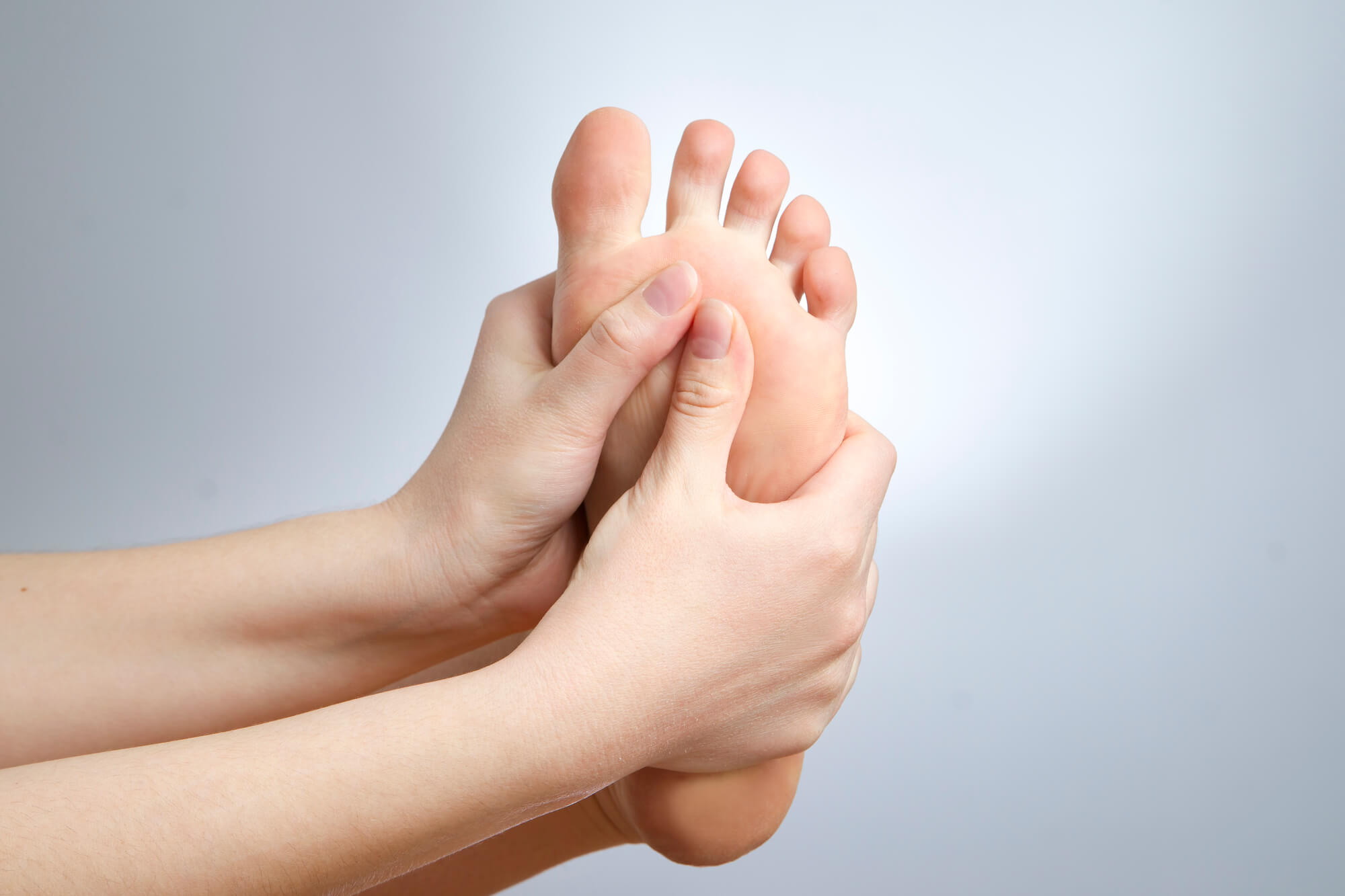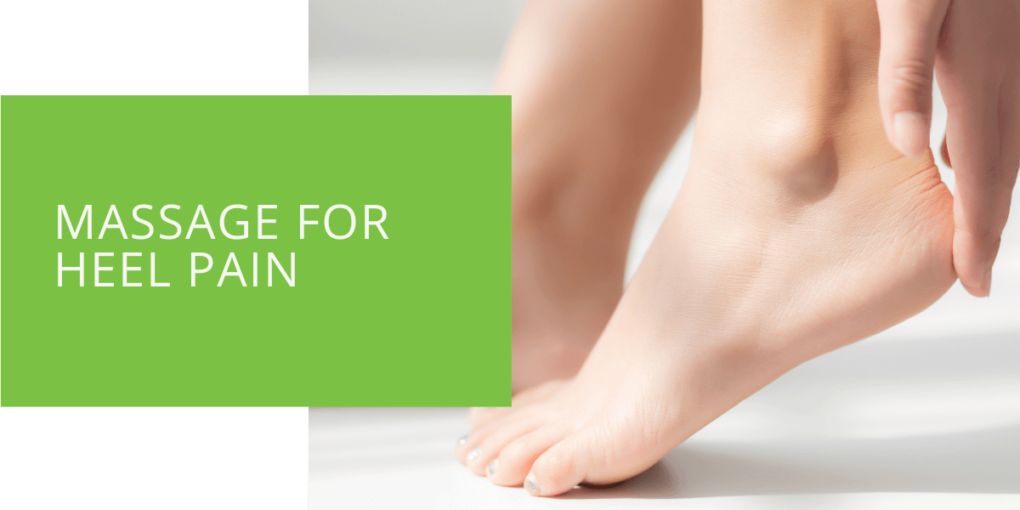Massage Techniques to Relieve Heel Pain, Including Plantar Fasciitis
Heel pain is a common issue that can affect people of all ages. It can range from a mild, occasional discomfort to a chronic, debilitating condition that impacts daily activities. There are many causes of heel pain, including plantar fasciitis, heel spurs, Achilles tendonitis, and others. Massage therapy can be a highly effective treatment option for relieving heel pain and improving overall foot health.
What is Heel Pain?
Heel pain is a type of foot pain that occurs in the heel area, which includes the back of the heel, the bottom of the heel, and the sides of the heel. It can be caused by a variety of factors, including overuse, injury, or structural abnormalities of the foot. Heel pain can be acute, meaning it comes on suddenly and may be severe, or it can be chronic, meaning it develops over time and may be more persistent and less intense.
Causes of Heel Pain
There are many potential causes of heel pain. Some of the most common include:
- Plantar fasciitis: This is a common cause of heel pain, especially in people who are active or who stand on their feet for long periods of time. It is caused by inflammation of the plantar fascia, a band of tissue that runs along the bottom of the foot and helps to support the arch.
- Heel spurs: These are small, bony growths that can develop on the heel bone and cause pain when they press against other tissues or bones. Heel spurs are often caused by plantar fasciitis or other foot conditions that cause excessive strain on the heel.
- Achilles tendonitis: This is a condition that affects the Achilles tendon, which is the large tendon that connects the calf muscles to the heel bone. It can be caused by overuse or improper stretching, and it can cause pain and stiffness in the heel and lower leg.
- Other causes: Other potential causes of heel pain include fractures, arthritis, and other foot conditions.

The Role of Massage in Relieving Heel Pain
Massage therapy can be an effective treatment option for relieving heel pain and improving overall foot health. Massage can help to improve circulation, reduce muscle tension, and stimulate the production of endorphins, which are natural painkillers. It can also help to stretch and lengthen the muscles and tissues in the foot, which can improve flexibility and range of motion.
Massage Techniques for Heel Pain
There are several massage techniques that can be used to relieve heel pain. These include:
- Effleurage: This is a gentle, flowing stroke that is used to warm up the muscles and stimulate circulation. It can be performed using the palms, fingertips, or the sides of the hands.
- Petrissage: This technique involves kneading or squeezing the muscles to help release tension and improve flexibility. It can be performed using the fingers, palms, or the thumbs.
- Friction: This technique involves applying deep, circular pressures to specific points on the foot. It is often used to help release tight, knotted muscles and improve circulation.
- Tapotement: This technique involves tapping or percussing the muscles with the fingertips or the sides of the hands. It can help to improve circulation and stimulate the muscles.
- Vibration: This technique involves rapidly shaking or vibrating the muscles to help relax them and improve circulation.

Specific Massage Techniques for Plantar Fasciitis
In addition to the above massage techniques, there are a few specific techniques that may be particularly helpful for relieving heel pain caused by plantar fasciitis. These include:
- Deep tissue massage: This technique involves applying deep, targeted pressure to the muscles and tissues in the foot. It can help to release tension, improve circulation, and stimulate the production of endorphins.
- Myofascial release: This technique involves applying sustained pressure to specific points in the foot to help release tight, knotted muscles and improve flexibility.
- Trigger point therapy: This technique involves applying pressure to specific points in the foot that may be causing pain or discomfort. It can help to release tension and improve circulation.
How to Use These Techniques
To use these massage techniques for relieving heel pain, follow these steps:
- Warm up the muscles: Start by gently massaging the foot using effleurage strokes to warm up the muscles and stimulate circulation.
- Use petrissage and friction techniques: Once the muscles are warmed up, use petrissage and friction techniques to release tension and improve flexibility.
- Use tapotement and vibration: Use tapotement and vibration techniques to stimulate the muscles and improve circulation.
- Focus on specific points: If you are targeting specific points in the foot, such as the plantar fascia or the Achilles tendon, use deep tissue massage, myofascial release, or trigger point therapy to release tension and improve circulation in these areas.
- Finish with effleurage: End the massage with a few minutes of gentle effleurage strokes to help relax the muscles and improve circulation.

Tips for Self-Massage
If you are performing self-massage, there are a few tips to keep in mind:
- Use moderate pressure: Avoid applying too much pressure, as this can cause discomfort or even injury. Instead, use moderate pressure that feels comfortable and relaxing.
- Take breaks: Massage can be physically demanding, so be sure to take breaks as needed and listen to your body.
- Use massage oil or lotion: Using a massage oil or lotion can help to reduce friction and make the massage more comfortable.
- Focus on specific areas: If you are experiencing pain or discomfort in a specific area, focus your massage on that area to help relieve the symptoms.
When to Seek Professional Massage Therapy
If you are experiencing chronic or severe heel pain, or if you are unsure of the cause of your pain, it is a good idea to seek professional massage therapy. A trained massage therapist can assess your condition and recommend the most appropriate treatment options. Massage therapy is generally safe, but it is always a good idea to consult with a healthcare professional before starting any new treatment.
Conclusion
Massage therapy can be a highly effective treatment option for plantar fasciitis and relieving heel pain and improving overall foot health. By using a variety of massage techniques, including effleurage, petrissage, friction, tapotement, and vibration, you can help to release tension, improve circulation, and stimulate the muscles in the foot. For best results, focus on specific areas of the foot that are causing pain or discomfort, and consider seeking professional massage therapy if you are experiencing chronic or severe heel pain. Overall, incorporating massage into your self-care routine can help to alleviate heel pain and improve your overall foot health.
FAQ
How can massage therapy help with plantar fasciitis?
Massage therapy can be an effective treatment option for plantar fasciitis because it can help to reduce muscle tension, improve circulation, and stimulate the production of endorphins, which are natural painkillers. Specific techniques, such as deep tissue massage, myofascial release, and trigger point therapy, can be particularly helpful for relieving heel pain caused by plantar fasciitis.
Can I use a massage ball to massage the sole of my foot?
Yes, using a massage ball to massage the sole of your foot can be an effective way to release tension and improve circulation. Simply place the ball under your foot and apply gentle pressure, rolling the ball back and forth across the sole of your foot. You can also use the ball to massage other areas of the foot, such as the heels or the toes.
Can I massage one foot at a time or do I need to massage both feet?
You can massage one foot at a time if you prefer, or you can massage both feet at the same time. It is generally a good idea to start with one foot and then move on to the other, as this can help to ensure that you are applying an even amount of pressure to both feet.
How often should I massage my feet for plantar fasciitis?
The frequency of foot massage for plantar fasciitis will depend on the severity of your condition and your overall health. In general, it is a good idea to start with a few short massages per week and gradually increase the frequency as your symptoms improve. If you are unsure of how often to massage your feet, it is a good idea to consult with a experienced podiatrist or healthcare professional for personalized recommendations.
Is foot massage the same as massage for plantar fasciitis?
Foot massage and massage for plantar fasciitis are similar in that they both involve massaging the foot to relieve pain and improve overall foot health. However, massage for plantar fasciitis may be more targeted and focused on specific areas of the foot that are causing pain or discomfort, such as the plantar fascia or the Achilles tendon. If you are experiencing plantar fasciitis, it is a good idea to focus your massage on these areas to help relieve the symptoms.

